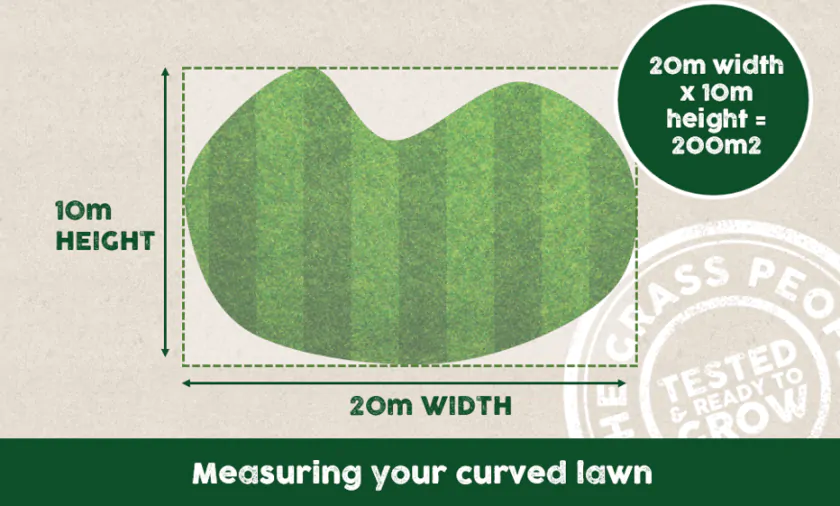How to measure your lawn
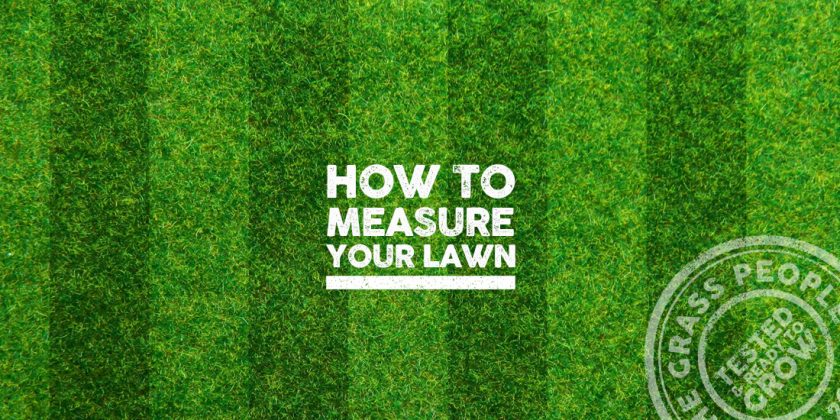
Lawns come in all shapes and sizes, which is wonderful, until you need to work out how to measure one that isn’t a conventional shape or size! If you plan to sow a new lawn or overseed an existing one, you will need to measure your lawn to calculate how much grass seed you’ll need.
Once you’ve calculated your lawn’s measurements, you can use our handy grass seed calculator to work out how much product you’ll need to purchase to ensure an even coverage of grass seed across your lawn. Or, if you’re more of a DIY-er and are wondering, "How can I measure my yard?" keep reading for more advice!
How to measure your square or rectangle lawn
We’ll start with the easy one. The most common lawn and the easiest to measure is a square or rectangular lawn, which is measured by calculating the length by its width to work out the total (m2) area of your lawn.
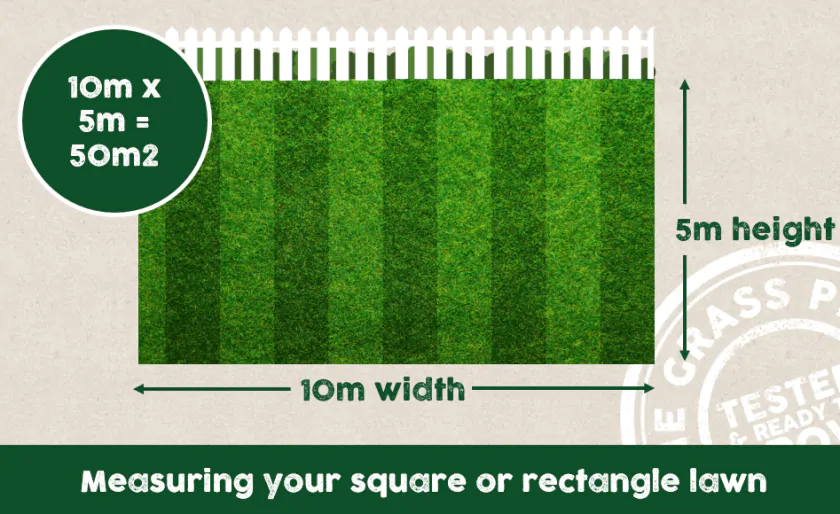
How to measure your circle lawn
It’s back to school for this one, folks. For circular-shaped lawns, we have an easy formula to follow to get the area of your lawn – you might remember it from your maths class days – it’s called Pi! (π). You can calculate Pi by finding either the radius or diameter of your circular lawn. For a quick classroom recap, the diameter is the width of the circle, and the radius is half the width of the circle.
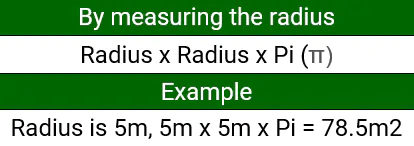
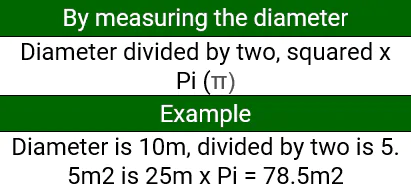
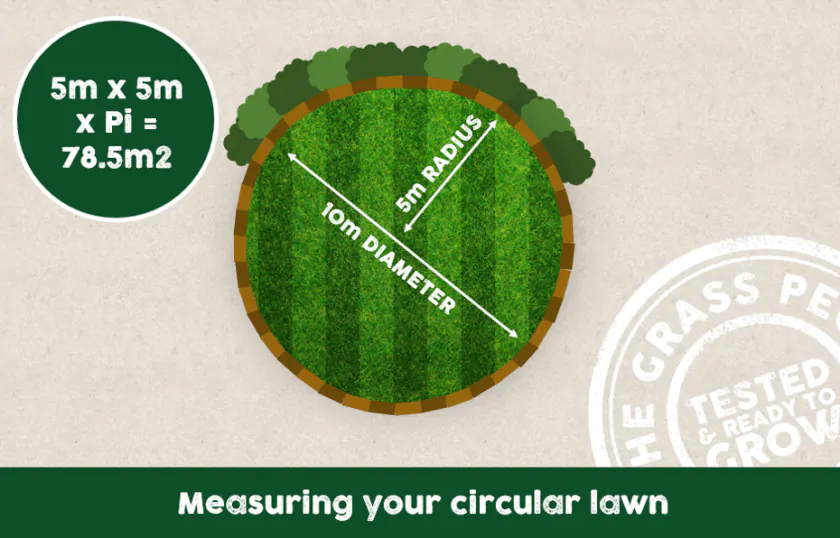
How to measure your triangle lawn
Back to school again for this one – there are three main types of triangle gardens you’ll typically come across, and they are usually the result of some luxury landscape architecture – we’re not jealous at all!These are an equilateral triangle garden, an isosceles triangle garden & a right angle triangle garden. The formula for working out the area of a triangle is simple – while working out what part to measure isn’t always. The simple area formula for any triangle is to multiply the base by the height and divide the total in two. See our images below for what to measure depending on whether you have an equilateral, isosceles or right-angle triangle lawn.

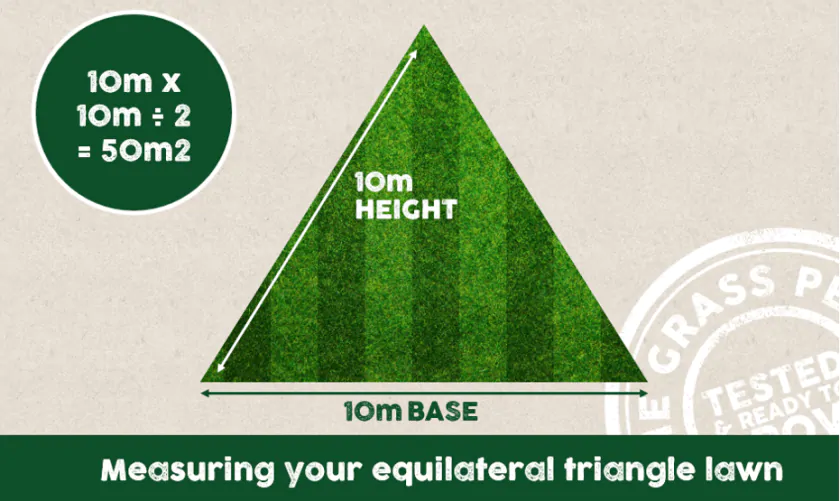
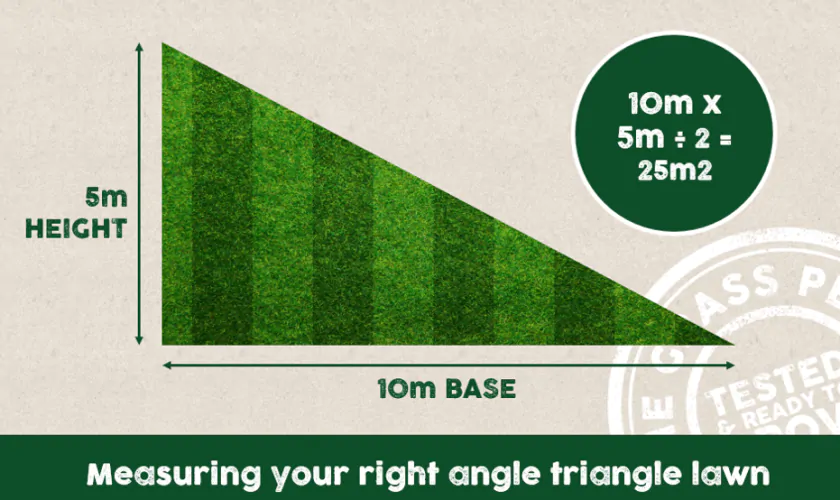
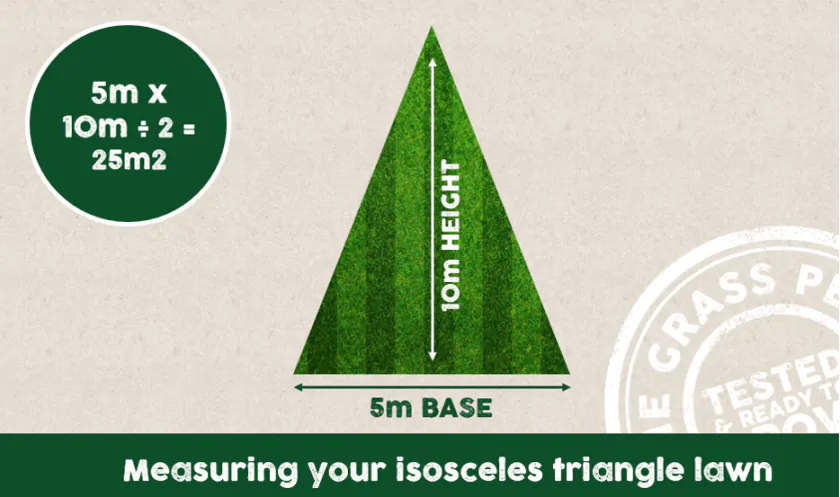
How to measure your irregularly shaped lawn
So, your garden is a bit of a tricky shape. This means it can be difficult to find the exact area to be measuring but keep reading; it can be done! As a guide, we recommend you first divide your irregularly shaped lawn into sections of regular shapes, for example, circle, square and triangle. These will be more manageable sections which are easier to measure. Continue reading below for an example of how to measure an irregularly shaped lawn by using the circle and rectangle formulas.

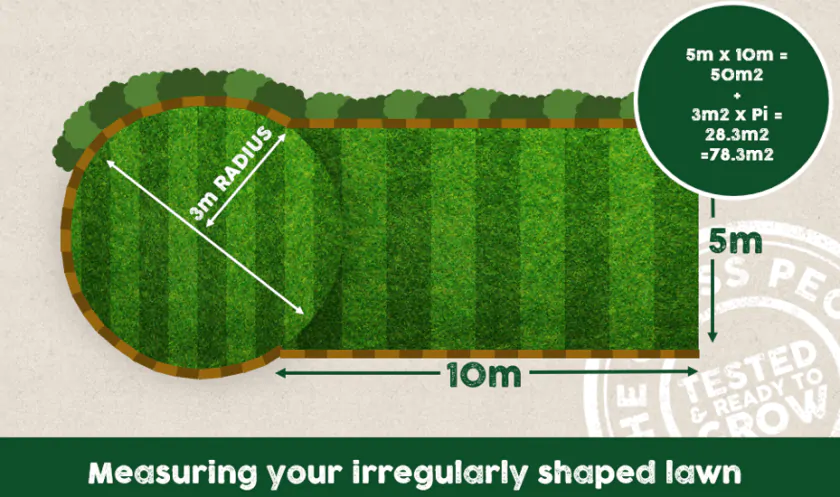
How to measure your curved lawn
Luckily, an irregularly shaped lawn is about as complicated as measuring your lawn gets. However, it would seem that measuring a curved lawn would be just as, if not more difficult, but it’s pretty easy. To measure your lawn, measure it at its longest and widest points like you would measure a rectangular lawn. Of course, this will give you a m2 area that might give you some leftover seed. In this situation, it simply means you will have a bit more seed left over for overseeding when the time comes!

